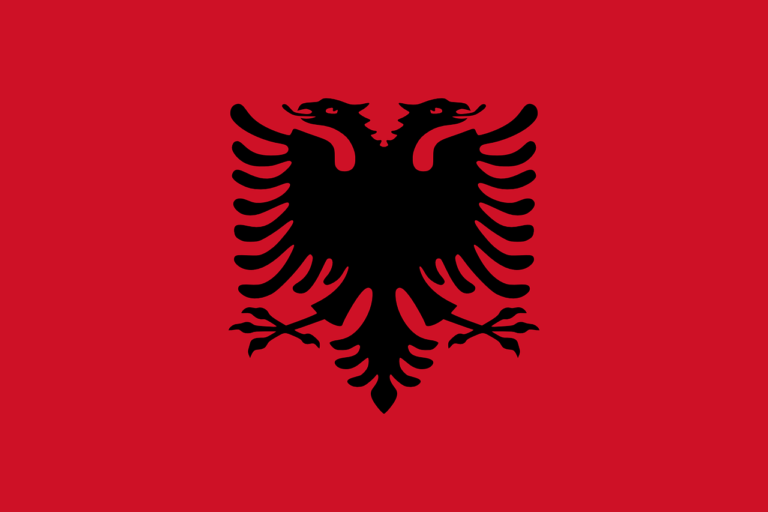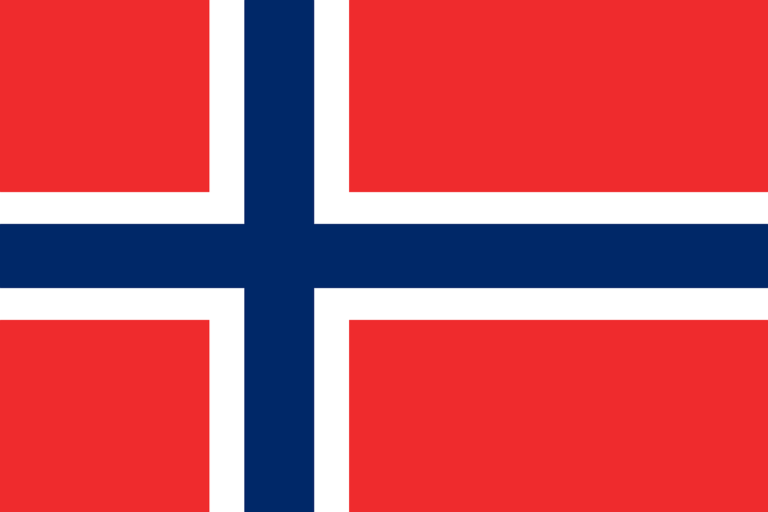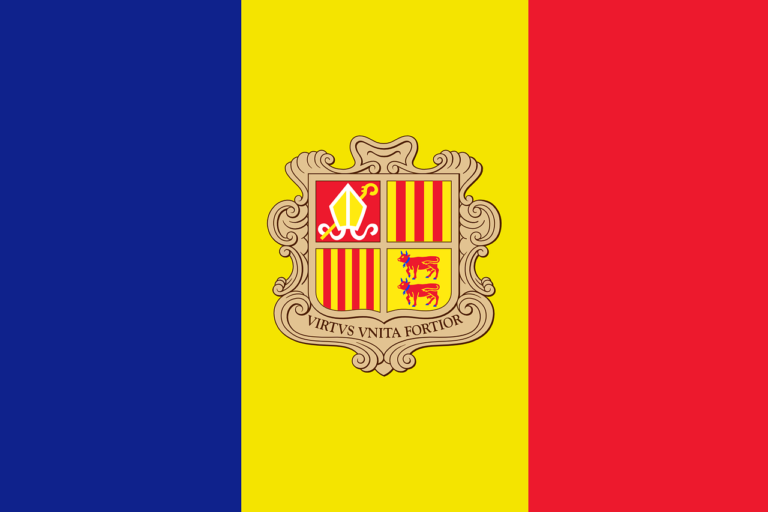Flags hold immense symbolic value, representing the history, values, and aspirations of a nation. The national flag of Serbia, with its distinctive design and meaningful symbolism, serves as a proud emblem of Serbian identity, cultural heritage, and national pride. In this blog post, we will explore the captivating story behind the Serbia national flag, examining its origins, symbolism, historical significance, and its enduring importance in Serbian society.
Origins and Design:
The Serbia national flag, known as the “Flag of Serbia” or “Tri-color,” features three horizontal stripes of red, blue, and white. The top stripe is red, symbolizing the bloodshed and sacrifice of the Serbian people throughout history. The middle stripe is blue, representing the hope, spirituality, and freedom that Serbians cherish. The bottom stripe is white, symbolizing purity, peace, and the desire for unity among the Serbian people.
Symbolism and Meaning:
Each color of the Serbia national flag carries deep symbolism. The red color represents courage, determination, and the struggles faced by the Serbian people throughout history. It symbolizes their unwavering spirit and resilience. The blue color represents freedom, spirituality, and the deep sense of national identity that is ingrained in the Serbian culture. The white color represents purity, peace, and the aspirations for unity and harmony among the diverse Serbian population.
Historical Significance:
The Serbia national flag has a long and significant history. Its origins can be traced back to the early 19th century when it was adopted as a symbol of the Serbian state. Over the years, the flag has represented the aspirations for independence, the struggle for self-determination, and the preservation of Serbian identity. It has become a powerful symbol of unity and national pride, embodying the history and resilience of the Serbian people.
Cultural and National Identity:
The Serbia national flag holds deep cultural and national significance for the Serbian people. It is proudly displayed during national holidays, sporting events, and public gatherings, symbolizing the shared values, heritage, and pride of the Serbian nation. The flag fosters a sense of belonging, unity, and identity among the Serbian population, reinforcing their cultural heritage and aspirations for a prosperous future.
International Recognition and Influence:
The Serbia national flag is recognized internationally as a symbol of Serbian culture, heritage, and national identity. It represents Serbia at various international events, diplomatic missions, and sporting competitions, showcasing the country’s contributions to the global community. The flag’s design and symbolism have also influenced various artistic and cultural expressions, reflecting its impact and recognition beyond national borders.
The Serbia national flag, with its striking tri-color design of red, blue, and white, stands as a powerful symbol of unity, history, and Serbian pride. It embodies the courage, resilience, and aspirations of the Serbian people. The flag serves as a constant reminder of Serbia’s rich cultural heritage, shared values, and the determination of the Serbian nation to overcome challenges and work towards a brighter future. As Serbia continues to evolve and progress, the national flag will remain a cherished emblem, representing the unity, pride, and indomitable spirit of the Serbian people.






